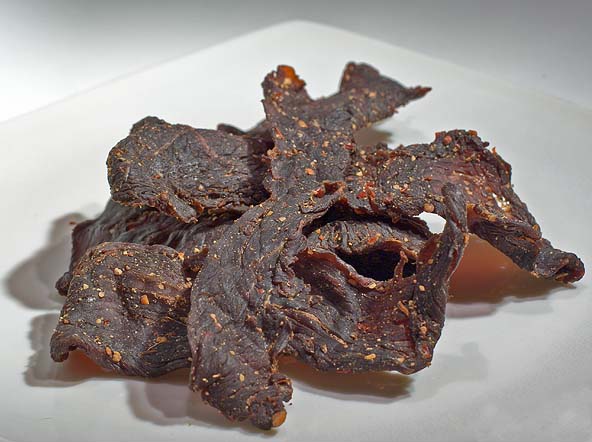Facts About Sukuti
Sukuti is a delectable dried meat delicacy originating from Nepal, also cherished in the Himalayan regions of India and Tibet. Traditionally crafted from buffalo meat, variations with lamb or goat are also common. This dish holds significant cultural importance for the Limbu and Gurung communities, where it served as a vital source of protein during the harsh mountainous winters. Although modern advancements have reduced its necessity, Sukuti remains a beloved treat, especially on special occasions.
Historically, Sukuti was often made from animals sacrificed in temples, ensuring that every part of the animal was utilized. The preparation process involves slicing the meat into thin strips, removing the fat, and drying it over a wood fire. To enhance flavor and deter insects, spices such as salt, cumin, pepper, chili powder, turmeric, ginger, and garlic are typically used. Once dried, the meat can be cooked in various methods, such as frying or grilling.
In Nepalese households, Sukuti is prepared according to personal preference. Some enjoy it deep-fried, while others prefer grilling. Before cooking, the dried meat is usually mixed with a spice blend to enhance its flavor. It is often served with onions, tomatoes, green onions, or coriander leaves, creating a spicy and savory snack that's both chewy and crispy. This versatile dish offers an explosion of flavors and textures, making it a favored appetizer in the region.

 China
China